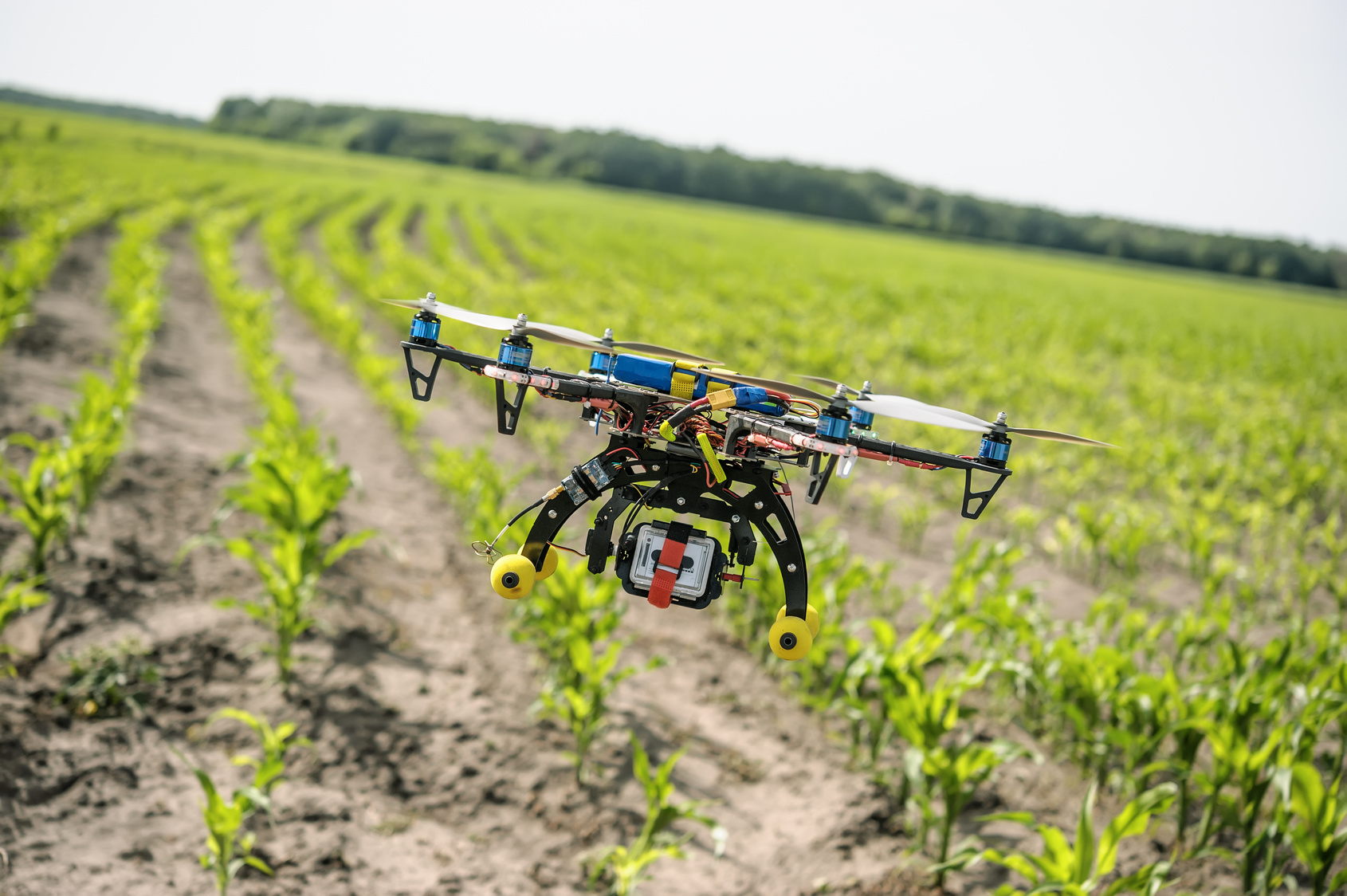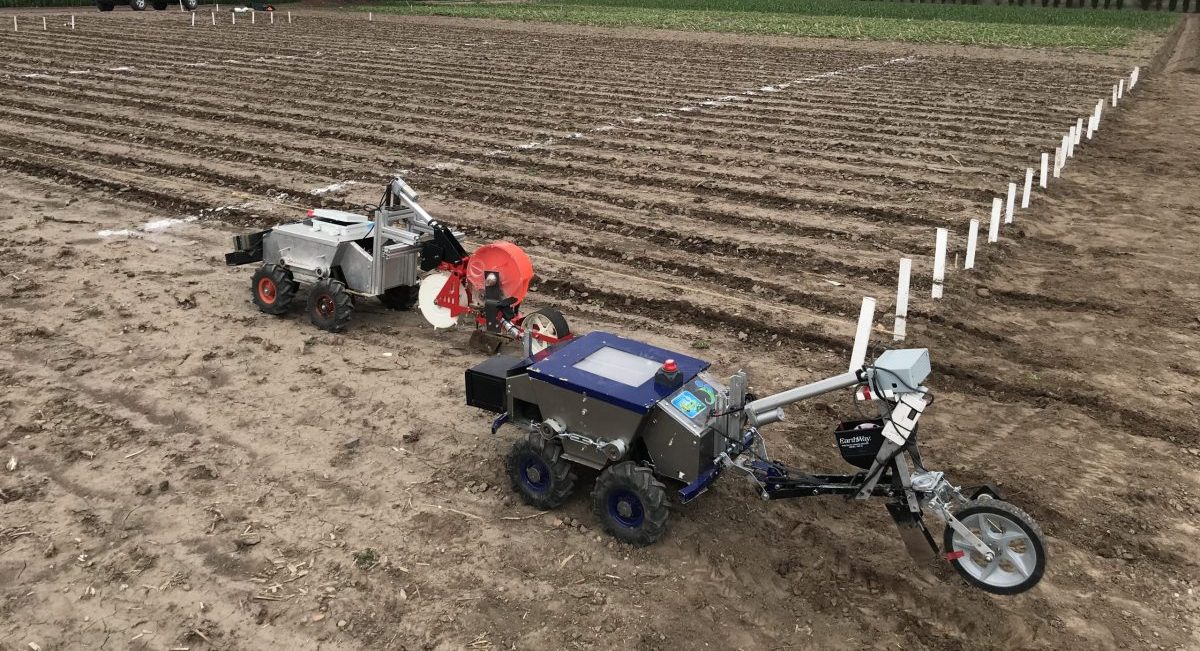Ads
Take a journey through the cutting edge of agriculture, a world where drones and automated robots are revolutionizing the way we grow and manage our fields. This innovative environment is ushering in a new era, the "Agriculture of the Future," which promises to improve agricultural production in ways we've never imagined before.
In this in-depth analysis, we'll take you through this impressive technological revolution that is transforming agriculture. We'll explain how drones and automated robots are changing the landscape of agricultural production, and what this could mean for farmers and consumers alike.
Ads
Not only that, we'll also explore the advantages and challenges these technologies present. Are robots and drones a threat to agricultural jobs, or could they actually help solve the labor shortage in the sector? How can these technological devices help farmers become more efficient and productive?
In addition, we'll examine some real-life case studies where these technologies are already making a noticeable difference in the performance and efficiency of agricultural operations. From drone-assisted crop monitoring to automated robot harvesting, these are the innovations that are reshaping agriculture as we know it.
Ads
To conclude, we'll take a look into the future. What other emerging technologies could play a role in the 'Agriculture of the Future'? How can farmers, policymakers, and consumers prepare for this new horizon? Join us for this exciting exploration of an industry undergoing transformation. The 'Agriculture of the Future' is here, and it's more exciting than you might imagine. 🌽🤖🚀
Drone Technology in Agriculture
In the agricultural sector, drone technology has proven to be a revolution in terms of efficiency and productivity. These unmanned aerial vehicles, equipped with high-resolution cameras and various sensors, can perform tasks such as crop monitoring, disease detection, irrigation control, and pesticide application.

Crop monitoring
Drones have revolutionized crop monitoring by providing accurate, real-time data. Equipped with multispectral cameras and advanced sensors, they can detect early signs of water stress, pests, or nutrient deficiencies before they are visible to the naked eye.
Using machine learning algorithms, captured images are processed to assess crop health and recommend specific actions, such as irrigation adjustments or the targeted application of fertilizers and pesticides. This technology optimizes agricultural production, reduces costs, and minimizes environmental impact, enabling more efficient and sustainable crop management.
Automated robots in agriculture
Along with drones, automated robots are transforming the way agriculture is conducted. These ground-based devices can perform tasks such as planting, harvesting, watering, and pruning crops autonomously. Additionally, some robots are designed to interact with drones, enabling an integrated approach to crop management.

Sowing and harvesting robots
There are robots that can sow seeds with millimeter precision, saving time and reducing seed waste. Other robots are designed to harvest delicate fruits and vegetables without damaging them. These robots use cameras and sensors to identify ripe fruit and then gently pick it.
Agricultural robots improve efficiency by planting precisely and harvesting crops without damaging them. With advanced cameras and sensors, they detect ripe fruit and optimize the process, reducing waste and increasing productivity.
The future of technological agriculture
The technological revolution in agriculture is not limited to drones and robots. Various emerging technologies, such as artificial intelligence, the Internet of Things (IoT), augmented reality, and 3D printing, are being explored to further improve agricultural productivity.
Artificial Intelligence and Agriculture
Artificial intelligence (AI) is being used to improve the precision and efficiency of agriculture. AI algorithms can analyze vast amounts of data collected by drones and robots to make accurate predictions about crop yield and suggest optimal management strategies.
Internet of Things in Agriculture
The Internet of Things (IoT) is also finding applications in agriculture. IoT sensors can monitor conditions such as temperature, humidity, and light levels in real time and transmit this data to a cloud platform. This allows farmers to make informed, real-time decisions about irrigation, fertilization, and other aspects of crop management.
In conclusion, technology is playing an increasingly important role in agriculture. Tools like drones and robots are transforming the way crops are managed, improving efficiency and productivity. With the continued evolution of emerging technologies like AI and IoT, the future of agriculture looks bright.
Conclusion
In short, we are witnessing a true technological revolution in agriculture. Drones and automated robots are proving to be essential tools for increasing crop efficiency and productivity. By enabling detailed monitoring of crop conditions and the autonomous performance of tasks such as sowing, harvesting, irrigation, and pruning, these technologies are transforming the way agriculture is conducted.
Furthermore, emerging technologies such as artificial intelligence and the Internet of Things are increasingly finding applications in this sector. By collecting and analyzing large amounts of data, they can provide accurate predictions and suggest optimal management strategies, allowing farmers to make informed, real-time decisions.
Therefore, the future of agriculture looks promising with the use of these innovations. We are on the threshold of a new era in which agriculture will be characterized by precision, efficiency, and sustainability. Technology will undoubtedly continue to play an increasingly important role in the agriculture of the future.



